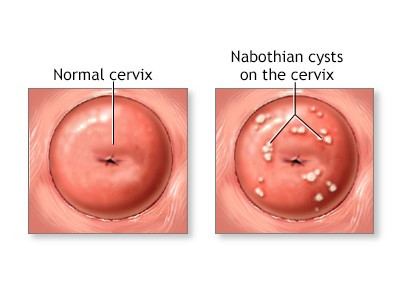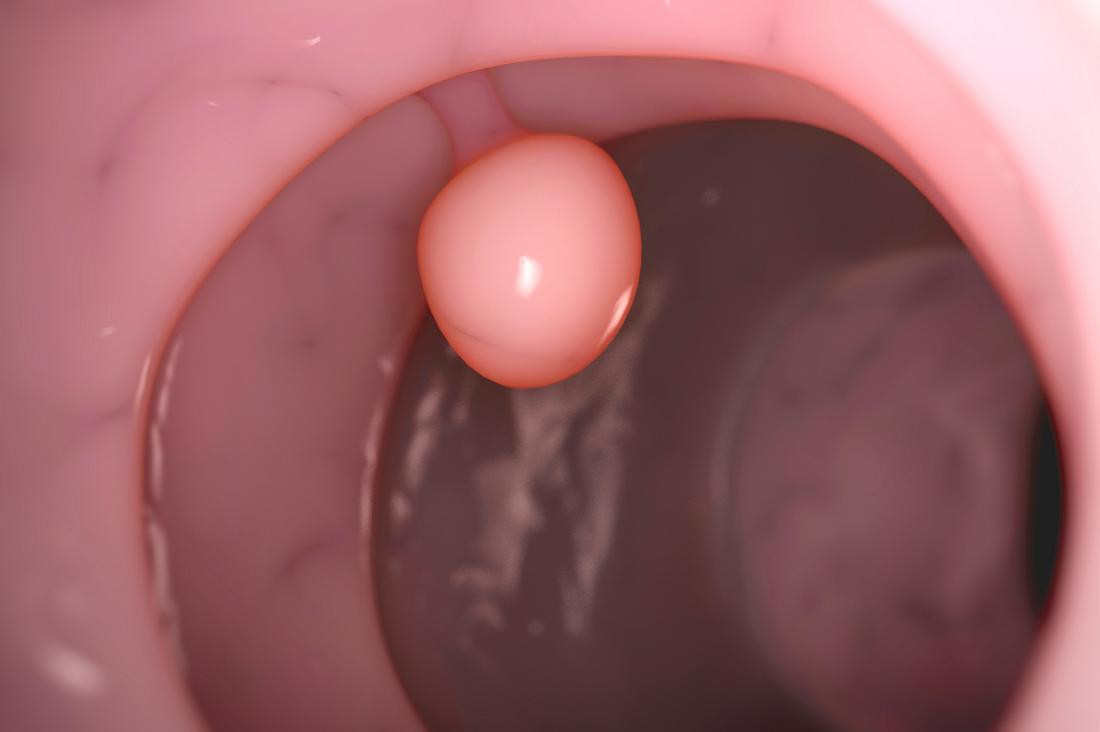Definisi
Inkompeten serviks atau insufisiensi serviks terjadi ketika jaringan serviks atau leher rahim lemah selama kehamilan. Walaupun tidak ada kontraksi rahim untuk mengeluarkan janin, serviks yang terbuka bisa membuat bayi lahir terlalu cepat (sebelum 37 minggu kehamilan). Karena organ bayi belum berkembang sepenuhnya, hal ini bisa memberikan risiko kesehatan pada bayi yang lahir prematur.
Dalam sistem reproduksi wanita, serviks adalah bagian bawah dari rahim yang terbuka ke dalam vagina. Umumnya serviks tertutup sebelum kehamilan. Pada wanita hamil, seiring kehamilannya semakin besar, serviks akan mengalami perubahan sebagai salah satu persiapan persalinan. Servis akan melunak, memendek dan terbuka lebih lebar pada trimester ketiga, agar bayi bisa melewati vagina.
Pada inkompeten serviks, serviks akan terbuka terlalu cepat sebelum waktu persalinan yang seharusnya. Serviks tidak mampu mempertahankan janin di dalam rahim dan membuat bayi lahir prematur. Inkompeten serviks dialami oleh sekitar 1 dari 100 kehamilan. Hampir 25% kasus keguguran pada trimester kedua terjadi karena inkompeten serviks.
Bila Anda berisiko mengalami inkompeten serviks, dokter akan menyarankan pengobatan pencegahan untuk mencegah terjadinya komplikasi kehamilan.
Penyebab
Penyebab dari inkompeten serviks masih belum diketahui dengan pasti. Inkompeten serviks biasanya terjadi di tengah trimester kedua atau trimester ketiga awal, tergantung tingkat keparahannya. Inkompeten serviks bisa terjadi akibat:
- Kelainan bawaan selama di kandungan.
- Sindrom tertentu karena kekurangan kolagen, membuat serviks tidak bisa melakukan fungsinya dengan baik.
- Adanya cedera pada serviks selama persalinan yang sulit atau akibat prosedur operasi.
- Infeksi atau peradangan pada serviks.
- Panjang serviks yang lebih pendek dari normal.
Faktor Risiko
Walaupun penyebab pasti dari inkompeten serviks belum diketahui, ada faktor yang diduga bisa meningkatkan risiko terjadinya inkompeten serviks, antara laon:
- Wanita ras kulit hitam memiliki risiko lebih tinggi mengalami inkompeten serviks.
- Riwayat cedera atau prosedur operasi pada serviks sebelumnya.
- Paparan terhadap DES (dietilstilbestrol), bentuk sintetis dari hormon estrogen sebelum persalinan.
- Pernah mengalami persalinan prematur atau keguguran pada trimester kedua kehamilan.
- Bentuk rahim atau serviks yang abnormal.
- Saat ini memiliki kehamilan kembar.
Estrogen juga memiliki bentuk sintetis dalam bentuk obat yang bisa Anda baca di sini: Estrogen - Cara Kerja, Indikasi dan Kontraindikasi Obat.
Gejala
Inkompeten serviks bisa tidak menunjukkan gejala pada awal kehamilan. Karena tidak ada gejala, umumnya tenaga kesehatan akan melihat riwayat kesehatan Anda untuk mendeteksi bila Anda berisiko mengalami inkompeten serviks. Namun begitu, sebaiknya Anda berkonsultasi dengan dokter bila Anda mengalami hal berikut pada trimester kedua (antara minggu 14-20) kehamilan:
- Rasa tidak nyaman atau sensasi tertekan di panggul.
- Nyeri pinggang yang sebelumnya tidak pernah dialami.
- Kram perut.
- Spotting atau perdarahan vagina ringan.
- Adanya duh dari kelamin yang berubah warna atau meningkat volumenya.
- Memiliki riwayat keguguran pada trimester kedua kehamilan.
Diagnosis
Diagnosa inkompeten serviks susah untuk ditegakkan karena kurangnya kriteria diagnosis yang jelas dan penemuan yang bersifat objektif. Adanya faktor risiko yang dimiliki pasien terkait kelemahan serviks bisa mendukung diagnosis kondisi ini. Pada pemeriksaan kehamilan, dokter bisa bertanya mengenai riwayat kesehatan dan kehamilan Anda sebelumnya, serta keluhan yang Anda alami selama kehamilan. Sampaikanlah pada dokter bila Anda pernah mengalami keguguran atau suatu prosedur pada serviks, contohnya kuret.
Selanjutnya, dokter dapat melakukan pemeriksaan panggul untuk mengetahui bila terdapat pelebaran pada serviks atau tidak. Di bawah ini adalah pemeriksaan penunjang lain yang bisa membantu dokter dalam menegakkan diagnosis, yaitu:
- Pemeriksaan cairan ketuban (amniosentesis) untuk melihat bila ada infeksi atau kelainan bawaan pada bayi.
- Pemeriksaan USG serviks dilakukan terutama pada wanita dengan riwayat persalinan prematur sebelumnya. USG bisa menemukan bahwa ukuran serviks pendek, sekitar 25 mm atau kurang.
Tata Laksana
Tujuan pengobatan inkompeten serviks adalah untuk membantu Anda agar bisa tetap hamil selama mungkin. Pilihan pengobatan terbaik ditentukan berdasarkan kondisi dan riwayat kesehatan Anda.
Penjahitan Serviks (Cervical Cerclage)
Prosedur ini adalah salah satu cara untuk mencegah terjadinya persalinan prematur. Serviks akan dijahit di beberapa bagian sekitar minggu 12-14 kehamilan. Jahitan kemudian akan dilepas sekitar minggu 36-38 kehamilan agar ibu bisa melakukan persalinan normal. Prosedur ini mungkin direkomendasikan bila Anda memiliki riwayat keguguran di trimester kedua kehamilan, dan pernah menjalani penjahitan serviks di kehamilan sebelumnya.
Pada wanita dengan faktor risiko inkompeten serviks, dokter bisa memonitor panjang serviks Anda dengan pemeriksaan USG sampai minggu ke-24 kehamilan.
Penjahitan serviks tidak direkomendasikan bila Anda:
- Saat ini sedang hamil anak kembar atau lebih.
- Serviks sudah melebar sebesar 4 cm.
- Selaput ketuban sudah pecah.
Suplemen Progesteron
Anda bisa diberikan suplemen yang mengandung progesteron pada awal trimester kedua kehamilan, bila Anda memiliki risiko mengalami serviks inkompeten.
Istirahat Total (Bed Rest)
Anda mungkin akan disarankan untuk beristirahat total selama kehamilan Anda. Namun ada penelitian yang mengatakan bahwa bed rest dan pembatasan aktivitas tidak terbukti efektif untuk mengatasi inkompeten serviks.
Komplikasi
Inkompeten serviks dapat menyebabkan komplikasi seperti keguguran atau kehamilan prematur. Pada beberapa kasus yang jarang terjadi, bisa timbul komplikasi yang meliputi:
- Ruptur rahim, terdapatnya robekan pada rahim yang sebagian besar terjadi saat persalinan.
- Pendarahaan organ dalam ibu.
- Cedera kandung kemih.
- Robekan pada serviks atau leher rahim.
- Infeksi.
Pencegahan
Untuk mencegah terjadinya komplikasi dari inkompeten serviks, Anda bisa melakukan pemeriksaan kehamilan secara teratur untuk memonitor kesehatan Anda dan janin Anda. Beri tahu dokter keluhan, riwayat kehamilan dan kehamilan Anda, serta hal-hal yang mengkhawatirkan Anda pada dokter.
Bila Anda merencanakan kehamilan, Anda bisa mengonsumsi lebih banyak asam folat, kalsium dan zat besi sebelum hamil. Jaga agar berat badan Anda dalam rentang ideal. Hindari merokok, minum alkohol dan mengonsumsi zat terlarang. Konsultasikan dengan dokter obat dan suplemen yang bisa Anda minum.
Kapan Harus ke Dokter?
Hubungi dokter bila Anda mengalami gejala pendarahan, kontraksi perut atau nyeri pinggang pada trimester kedua. Sulit bagi tenaga medis untuk mendiagnosis kondisi ini ketika pasien tidak menunjukkan gejala. Oleh karena itu, pastikan agar selama pemeriksaan kehamilan, Anda mendiskusikan riwayat kesehatan dan faktor-faktor yang bisa meningkatkan risiko Anda mengalami inkompeten serviks.
Mau tahu informasi seputar penyakit lainnya? Cek di sini, ya!
- dr Hanifa Rahma
Incompetent Cervix. (2021). Retrieved 13 October 2022, from https://www.mayoclinic.org/diseases-conditions/incompetent-cervix/symptoms-causes/syc-20373836.
Cervical Incompetence. (2021). Retrieved 13 October 2022, from https://www.ncbi.nlm.nih.gov/books/NBK525954/.
Incompetent Cervix. (2022). Retrieved 13 October 2022, from https://my.clevelandclinic.org/health/diseases/17912-incompetent-cervix.
What is an Incompetent Cervix?. (2021). Retrieved 13 October 2022, from https://www.webmd.com/women/what-is-incompetent-cervix.
Incompetent Cervix : Weakened Cervix. (2022). Retrieved 13 October 2022, from https://americanpregnancy.org/getting-pregnant/incompetent-cervix/.
Insufficient Cervix. (2020). Retrieved 13 October 2022, from https://medlineplus.gov/ency/patientinstructions/000595.htm.












